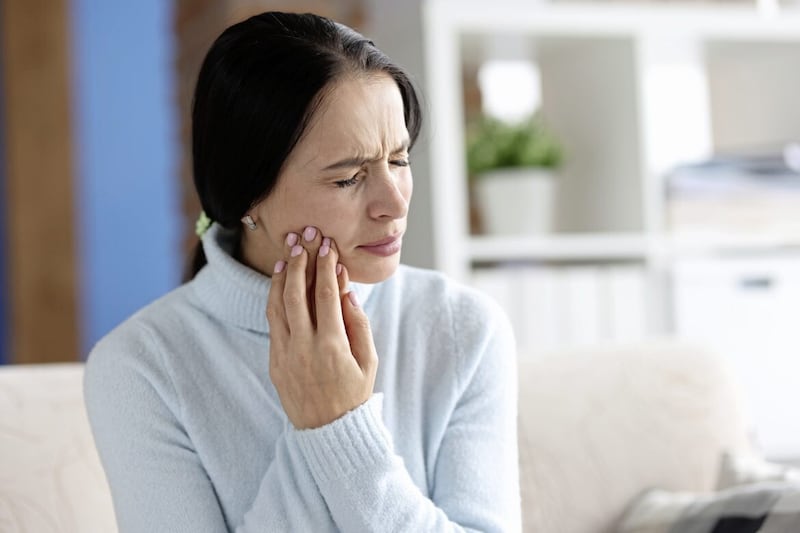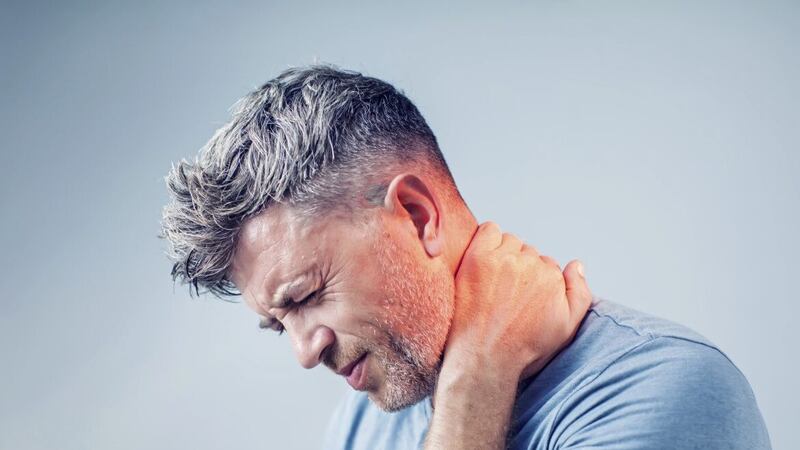AS the saying goes, the truth always outs, and this time our deepest, darkest secrets have been exposed – and they are fringed with exclamations of 'ugh': instead of the humble toothbrush, one in seven of us apparently favours a discarded credit card or earring to clean between our choppers.
The mind boggles thinking of what other household objects are used to clean out other orifices...
Nowadays many of us use an electric toothbrush to clean our teeth. This sounds fantastic on the surface but unfortunately, reality doesn't have a spick-and-span fairy tale ending.
Teeth can actually end up dirtier after an electric toothbrush encounter compared with using a bog-standard toothbrush as most people are using them improperly.
The mistake, albeit a logical one, is using an electric toothbrush the same way as a manual toothbrush.
The head of an electric toothbrush moves 10 times faster than a hand, which you would assume should leave the teeth squeaky clean. But if an electric toothbrush is moved back and forward or round and round like a manual toothbrush it doesn't have time to clean the soft white plaque away from the tooth surface.
It actually misses the areas that need to be cleaned and what's left are titanic gelatinous bacterial deposits which leisurely consume teeth, gums and bone.
The trick is to keep an electric toothbrush still – hesitating on each tooth just long enough to allow the rotating bristles to sweep clean the surface of the tooth. Then check in a magnifying mirror to make sure the white plaque is completely removed.
I've always thought that the word 'toothbrush' was poorly assigned as the most critical part to clean is where the gum meets the tooth – a 'gumbrush' is really a better name for the intended action.
The toothbrush bristles need to move over the gum margin to stop gum disease. This is the junction between the outside and the inside of your body, where bacteria can enter your internal systems.
So, keeping the gum line clean reduces the inflammation in your entire body. Even if your gums bleed when you brush, try not to let this put you off – keep going, brush twice as much, and you will be on the road to health.

WE all need rest so our bodies can recharge but for some people, it's as if their muscles have a life all of their own, and their every waking moment is filled with uncontrollable twitching muscles.
Dystonias are when muscles spasm repeatedly and frequently throughout the day interfering with even the most mundane of everyday tasks.
Any muscle in the body can succumb to dystonia – the mouth, face, neck, shoulders, arms, and all the way down to the feet, all can be left jerking out of control.
When the movements are connected to the face it's known as Oromandibular Dystonia, OMD. The mouth involuntarily jolts open or moves to the side and can be accompanied by 'Popeye' facial grimaces, eye scrunching, and tongue-flicking movements.
It's understandable that people who develop OMD are often embarrassed at the spontaneous twitches and develop a habit of avoiding social situations. Going out to eat can be especially daunting as the jolts make chewing, swallowing and speaking difficult and stressful.
The exact cause of OMD hasn't been pinpointed but it can start after an accident to the face, be a symptom of an underlying brain disorder, due to a genetic issue, or be caused by certain medications. It's as if the brain has gone into hyperdrive, sending out too many signals which causes the muscles to contract inappropriately.
Read more:
- Ask the Dentist: Illness denial is a complex state of mind
- Ask the Dentist: Should I get my teeth removed to change my face shape?
- Do oranges hold the key to conquering fear of going to the dentist?
The traditional treatment for OMD has been to Botox the muscles, which in effect turns them off so that they aren't able to fire so often. There are also drugs, speech and language therapies, and neuroplasticity muscle exercises that help to quieten muscle activity.
One interesting aspect of OMD is that studies have found that many people with OMD also have an unbalanced condition of the teeth and jaw joint known as temporomandibular joint disorder, TMD.
TMD is a complex phenomenon and people with it may have worn teeth, many teeth out of contact, or have a lower jaw that's sitting in an odd, unbalanced position.
So, sometimes treating the underlying TMD with, for example, a specialised bite guard or rebuilding worn teeth, allows the lower jaw to sit in its preferred neutral position – a position of maximum muscle synchronisation which supports the muscles of the head and neck and allows them to return to a state of calm.
:: Lucy Stock is principal dentist at Gentle Dental Care in Belfast. gdconline.co.uk






